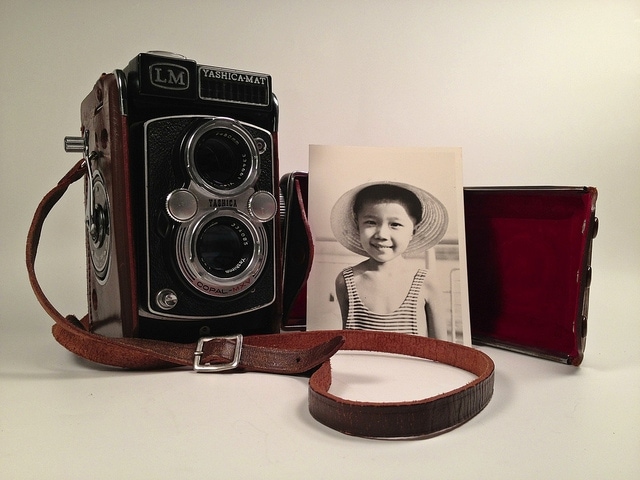The analog camera is gone for some. Many of us rush to get the best digital camera we can afford and forget our analogue cameras in a drawer.
Many of you probably didn't get to know them. But the truth is that the analog system never went away. Proof of this is that the reels did not disappear (despite the fact that it was taken for granted at first) and that there is a great exchange and sale of analogue material both in stores and on the net.
Do you wonder why?
Analog cameras are timeless little jewels, some of them with great craftsmanship, with a precision and resistance that has led many of them to continue working perfectly 50 years after they were manufactured.
So we didn't talk about planned obsolescence or change cameras every year.
Each analog camera contains millions of stories, millions of photographs and anecdotes behind it. Each one is unique and different; they have their own personality .
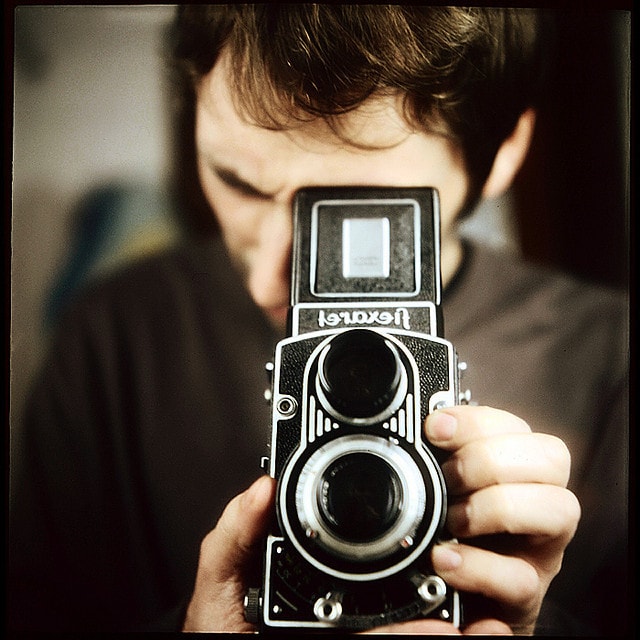
If you are a lover of retro and vintage, by the way I am going to recommend this mega guide with tips and tricks to photograph in black and white and achieve the most spectacular images, because if you are a lover of analogue, it is very likely that You are also passionate about black and white photography.
And now, let's go to what concerns us today: the analog camera.
ADVANTAGES OF THE ANALOG CAMERA
PRICE
Contrary to what it might seem like, you can find good analog material at low prices on the internet (unthinkable a few years ago) or in specialized photography stores. To get an analog camera and lens, you will need to spend less than for any digital model (with similar characteristics, of course).
LEARN TO VISUALIZE BEFORE YOU SHOOT
Yes, here there is no LCD screen to help you, to guide you or anything to tell you if you took the picture well or not. Also, every time you pull the shutter, you're spending money (bearable, yes, but it's not a matter of throwing it away without thinking first), so what do you have left? Think.
Preview the scene, find the best frame, wait for the right moment, make sure you have correctly measured the light... and press the shutter. Analog photography 'gifts' you the best lesson you can have as a photographer: think before you shoot.
LEARN THE SECRETS OF MANUAL MODE
Many analogues, including the most classic and timeless, only have manual mode . In this case, you are face to face with photography. If you don't understand the basics, the images won't work for you. So this is where you really have to put in the effort to understand why aperture, why speed or ISO, and how they interact with each other. It won't cost you much, besides you don't have any other choice , so take advantage of this 'limitation' and make it your best ally to learn.
PARTICIPATE IN THE WHOLE PROCESS
If you really get into the analog world, participating in the entire process from start to finish is not too complicated or, in the long run, excessively expensive. Especially in black and white, developing the negatives yourself will not take you more than half an hour for each one, and the investment is relatively low, as long as you pay for it with use.
And if you culminate it with the magic of printing yourself/your images... If you have ever done it, you will know that if magic exists, it is something similar to that; to wait and see how that image that has given you so much work appears, little by little and finally before you, in a dark room where everything is red. If you really want to try it, you will surely find a place where they rent you the laboratory space with its corresponding enlargers, chemicals and initial course.
REELS OR FILMS FOR THE ANALOG CAMERA
This section goes into advantages and disadvantages for different reasons. The main advantage is that, luckily, they still exist and that each one of them is unique and different from the other. Some contain saturated colors, others are colder, others have more or less grain, more or less contrast... Each of them will offer you unique and different images.
They also allow you to make good enlargements without losing quality, one of the things that it seems that today the digital system has not been able to overcome. Later I will tell you about some of them with their main characteristics.
BEAUTIFUL NOISE
The romantics of the analog system always talk about film noise (grain) and digital noise. Where the one that loses by a landslide is always digital To this day, it has not been possible to overcome the "beauty" of film noise, of silver halides. Noise or the absence of it in analog photography is one more element, just as each camera or each film is unique and different.
LIBERTY
Liberty? You will think, “But if I am tied to a film, to the filters and to the laboratory… I am more tied than ever” True, but at the same time analog photography gives you absolute freedom. Because once you master it, there will be no photography that can resist you They say that practice makes perfect, so everything is a matter of trying it once after another until you learn to know and master light.
EMOTION
This for me is the greatest and most rewarding advantage of analog photography. From the moment you find your perfect analog camera, until you use it, and finally see the result... It's like waiting for the Three Kings Day. You've already collected a couple or three reels (or one if you're really impatient) and taken them to reveal (if you haven't decided to start doing it yourself).
You cross off the days on the calendar to go pick them up, you show up 10 minutes before the store opens, you pay with a trembling hand, you open the package praying that they turned out well. If you haven't ordered copies you don't see anything.
But you look at the negatives with fervor, imagining the images they contain. If the reel is in color you only see a brown plastic, if the reel is in black and white, a gray plastic... You run home with your CD, put it in the computer and YES, finally, there they are. So magical... so many days ago you almost didn't remember them, but finally, there they are.
Some are so magnificent that you think it's incredible that you could have done them others are a disaster. Next time more and better.

DISADVANTAGES OF THE ANALOG CAMERA
Of course, all that glitters is not gold, the analog mode also has some disadvantages, otherwise no one would have abandoned their analog cameras in some corner to remember to replace them with a digital one...
ISO
Unlike in digital photography, in this case, the ISO (or ASA) is defined by the one dictated by the film you have chosen. This means that you will have the same invariable ISO for all situations that arise. You have one less variable to play with, so you should try to compensate with apertures and speeds.
- If before starting to photograph you anticipate that you will need more ISO (and you have not 'released' the film) you can force it up to 3 steps, but when developing it, it is likely that the laboratory will charge you, and sometimes quite expensive.
BLACK AND WHITE OR COLOUR?
Whatever you feel like at that particular moment, that's the film you've got, no matter if that image looked better in color or in black and white. What you have chosen cannot be changed. Unless you use some risky trick like taking the film out, remembering which frame it was in, changing it to the new one, saving the other one, putting it back in... Unless your life is going on in that image, it is an option at least risky .
FILTERS
What we have incorporated in digital with the name of white balance , in analog you get it through physical filters of different colors, depending on the color temperature you want to compensate.
SPACE
Compared to digital photography, it is true that analog makes you load and save much more material (reels, negatives, prints, contacts or CDs).
REELS
The price of the reels can range from just over €3 to €30 for the most specialized ones (and even much more), although the quality standards are around €6-€10. You can easily find them in specialized photography stores or on the net.
REVEALED
The price disparity between one place and another is quite high. Even many laboratories differentiate the price to charge you depending on whether the film is colored or black and white.
- Roughly speaking, a color reel development can cost around €4 (only the negative). If you want a copy of the images on CD, for example (for me the most recommended), depending on the quality you want, prices can go up to €12.
- In black and white, a development of only negative, can be between €10 and €27 with a quality CD.
If you want to know more about developing at home, don't miss our complete guide on developing photos.
SLOWNESS
From the moment you finish your reel, until you find the best moment to go to the laboratory, you wait for the days that you have been told and find the time to go pick it up... Yes, let's say that it is not as fast as the digital system!
INCREASED DEPENDENCY
In analog you not only depend on your camera but you depend on the film, to buy them, to carry enough, to not run out of them in the middle of nobody knows where, to carry the right filter. You depend on your laboratory, finding it, its prices and its good work (as long as you do not decide to do it yourself).
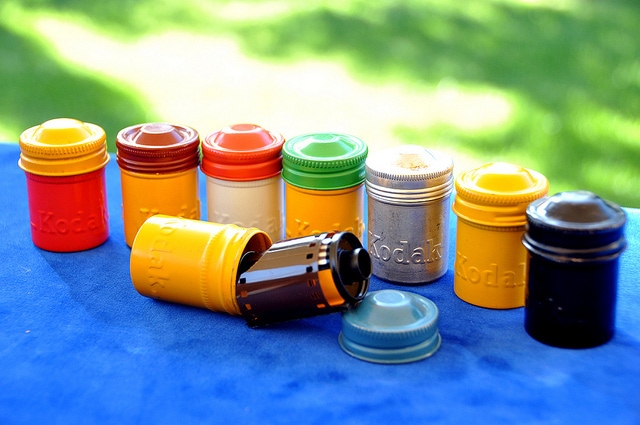
WHERE DO I FIND AN ANALOG CAMERA?
Perhaps by now you are a little curious if you were not before. To find an analog camera at a good price, start with the most obvious; among your acquaintances
- In the attic : in the junk room of your grandparents, parents, uncles, friends... Surely someone has a camera, or even yourself, dust it off, look at it with a little love and fascination, buy a film and re -fall in love with the analog world.
- Antique shops: It will depend on whether or not they know the photographic material well, whether they take good care of it or not... and whether or not you know how to recognize a bargain and whether they offer a guarantee after the purchase.
- Markets: They are very fashionable and you can get real wonders, although if you are not very knowledgeable about the subject, it is better to avoid them, it is difficult to know when a camera is in good condition if you don't even know where the trigger is because it is so rare
- Specialized photography stores: They are usually much more expensive than the ones you can find on the net, but they offer you (should) a revised product in good condition, with a 6-month to 1-year warranty.
- On the net: ebay, amazon, secondhand, KEH, B&H, etc. As in all the products that you may have acquired through this system, review the opinions of the users about the seller and review the images and the explanation carefully. On the net is where, in general, you can do more research and get the best deals.
CRITERIA TO CONSIDER WHEN BUYING AN ANALOG CAMERA
DO A LOT OF RESEARCH AND DON'T BE IN A HURRY.
Compare, look for information in different forums, on different internet sales pages, compare, look for reference prices…etc.
DECIDE WHAT YOU WANT AND HOW MUCH YOU ARE WILLING TO SPEND
There are millions of analog cameras roaming the ethereal system of the internet. Don't be in a hurry, focus on one of them and set a reasonable maximum price for which you are willing to get it. If you can't find it, be patient, with patience you will surely be able to find it and at a much better price. And once you have it in your hands...
ANALYZE IT
- Check the outside : if it has scratches, rust or large blows that might suggest that something inside could have been affected. One thing is the scratches typical of use and another more serious blows.
- Check the lens: It should be intact, don't forget that it is the most important part of any camera. No scratches, no aberrations, no fungus and preferably no dust (although if you are extremely interested in optics a good technical service can clean it).
- The diaphragm: Check that it moves smoothly and opens and closes one by one corresponding to the f-numbers on the diaphragm.
- Trigger and Shutter: Check that the shutter works at the correct speed, as well as that the shutter opens and closes correctly.
- Mirrors: If it is a camera with a mirror, check that it is in good condition: clean, without scratches, etc. and that it returns to the initial position after shooting.
If all of the above works correctly, all that remains is to test it with a reel. If it focuses correctly, the film moves smoothly and the images are free of defects (associated with the camera, certainly not with the fact that you are learning to use it)… You may have found your perfect analog camera

THE INDISPENSABLE COMPLEMENT: IN SEARCH OF THE PERFECT REEL
There are authentic monographs on reels, authentic fans of some brands or others. The why is simple. Each brand, each model, each sensibility provide a unique and different image from the rest of the brands, models and sensitivities. Here are some of the more popular brands that are still being made and are relatively easy to find:
COLOUR
- Kodak Portra 400: Very fine grained, famous for how it reproduces color and its saturation.
- Kodak Ektar 100: Widely used in landscapes because of the way it reproduces blues and greens.
- Fujifilm Velvia 50 (ASA) (Slide): You can find it in all formats (35mm, medium format and large format). Almost non-existent grain and intense and saturated colors.
- Fujifilm Provia 100F (Slide): High contrast and very vivid colors while sharp and hardly grainy.
- Fujifilm Pro 400H: A balanced intermediate option between saturation and grain.
- Fujifilm Superia 1600: It is the film with the highest ISO (ASA) color sensitivity that exists today.
BLACK AND WHITE
- Kodak T-Max 400 (ASA): Soft tones and very fine grain, supposedly the best (less noise) in 400 ASA.
- Ilford HP5 400 (ASA) Very versatile, since due to its characteristics it is an "intermediate" reel, neither too much noise nor too much contrast, but with something of both.
- Ilford Delta 3200 (ASA) It is the most sensitive black and white reel on the market today.
- Kodak Tri-X: It is one of the best-selling and most popular black and white films. More contrasted and grainier than its ASA companion at Kodak ; the T-max.
- Ilford PanF50: It is famous for its almost non-existent noise that allows you to make large enlargements without losing quality. Of course, the ISO (ASA) is very low, so it is only recommended in environments with sufficient light.
- Fujifilm Neopan Acros 100 Very fine grain and great detail and with one of the best ranges of grays on the market
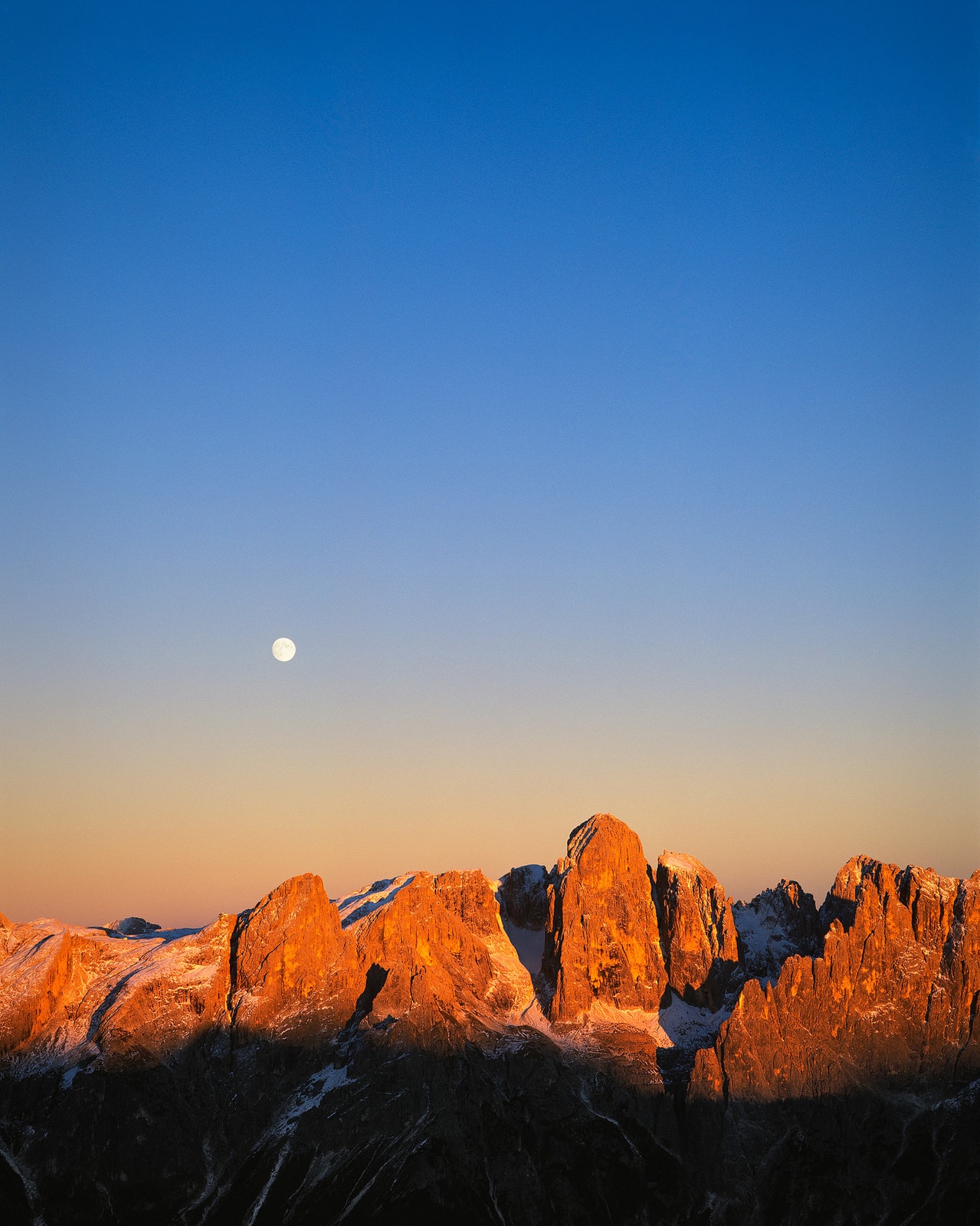

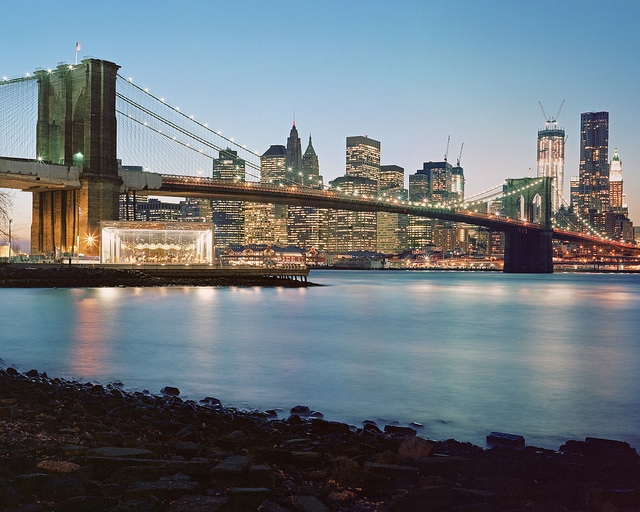

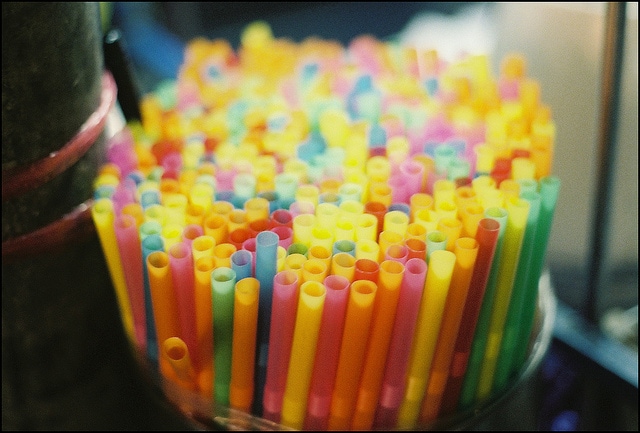
TYPES OF ANALOG CAMERAS:
Broadly speaking, when we talk about analog cameras, we can divide them into 35mm, medium format and large format cameras, it depends on the film for which they are designed. The large format is, and was, very specialized and aimed at making large enlargements or architecture.
Unless you want to create a home museum (the cameras are huge, they have bellows, they need a tripod…) I recommend you start with the 35mm ones and later perhaps with the medium format ones.
TELEMETRIC CAMERAS
I could talk to you about rangefinders, triangulations, distance, or the different viewfinder windows. But I prefer to try to explain it in a simpler way. Rangefinders do not have a mirror like SLRs, so the image is printed directly on the reel. This increases sharpness and decreases the judder associated with this movement.
But it also means that what you see through its viewfinder is not exactly (although very close) what the target is seeing (called parallax error). His focusing system is based on his own system to measure the distance through what is called a 'rangefinder' and which, in a practical way, consists of combining the real image and the one provided by the rangefinder and other mechanisms, in a .
This is done by focusing the lens (by turning the focus wheel). Once the images match, it means the subject is in focus. To help you, it has some windows in the viewfinder, which delimit the area that will be included in the image depending on the focal length used.
Don't be scared, the theory is terrible, but in practice it is very easy to use and also has one of the most precise and easy to use (manual) focuses, its viewfinders are clear and large, it is small and robust, silent, discreet … Wonderful ? Not to mention the designs. Some of them are true timeless works of art.
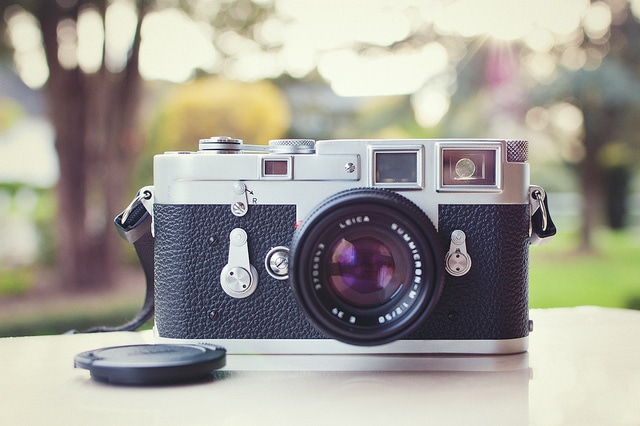
SLR CAMERAS
You already know these too well, since broadly speaking, the idea is the same in both digital and analog. Unlike rangefinders, SLRs have a system of prisms and mirrors that allow us to see exactly what our target sees through the viewfinder.
Most have interchangeable lenses and different focal lengths. On the contrary, they weigh more and are noisier (due to the noise caused by the mirror).
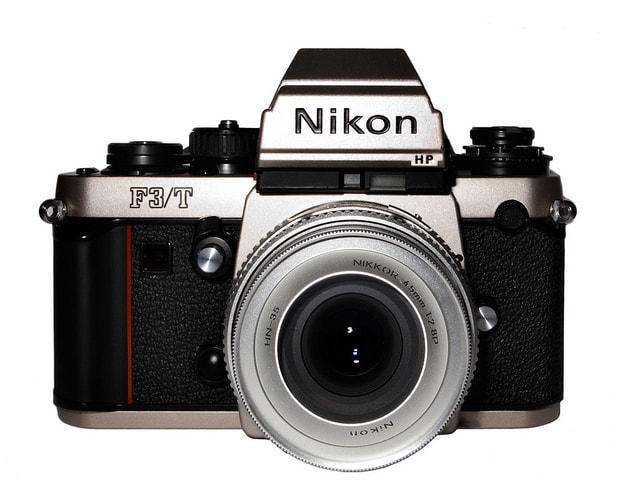
REFLEX CAMERAS (TLR)
It is a reflex camera with two "twin" objectives (Twin Lens Reflex). The lens located at the top offers the image to the viewer, while the one at the bottom is the one that captures the image and lets it pass towards the reel.
The image is formed in a glass on top of the camera, so it is usually shot from the waist and looking down. Its advantages over SLR (Single Lens Reflex) is that the shutter does not affect the viewfinder, that is, you always view freely through the upper objective. This makes it useful for long exposures or moving objects.
They are very precise in focus, very sharp and very quiet. They are also bulky and heavy, and having two optics multiplies the price in focal lengths. They usually work with medium format reels, although some models have been adapted to work with both 35mm and 120 (medium format).
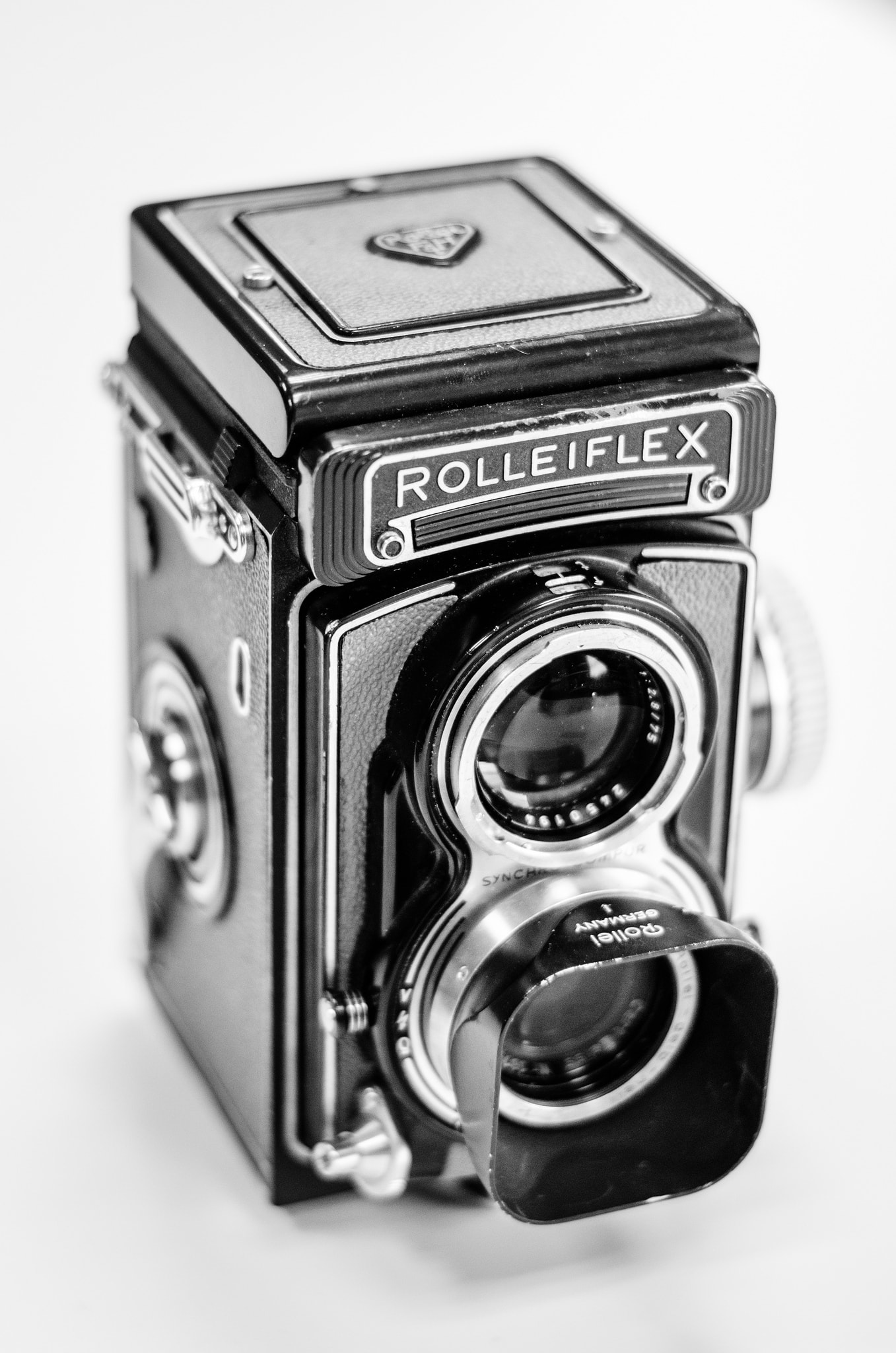
POLAROID
They were the first to provide us with paper- based instant photo cameras and were widely accepted until the advent of digital photography. The same camera together with the paper that acts as a reel, made a portable and automatic laboratory, providing us with an instantly revealed image. Polaroid stopped manufacturing its reels until "The Impossible Project" decided to take over one of its factories and start distributing them again.
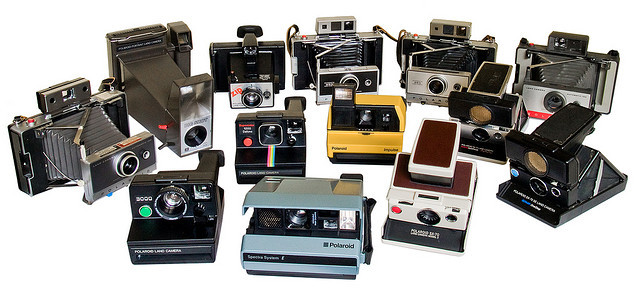
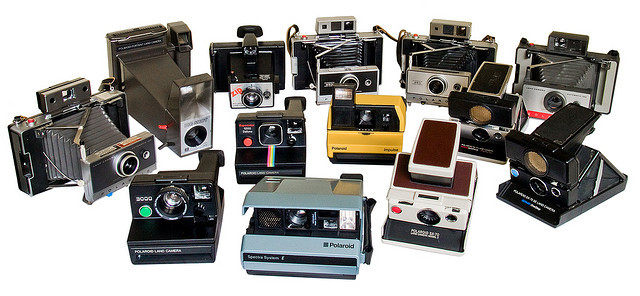
PINHOLE
If you have a tin box and a needle to poke a hole in it, you already have a camera ;-), because pinhole cameras are basically that. A waterproof box, a hole as an objective through which the light will pass, and photosensitive material inside where the negative of the image will be recorded.
Of course, to reveal it you will need a laboratory or get the necessary chemicals to do it yourself. If you are interested in how to do it, you will find a lot of information on the net. It is, at least, curious, don't you think?
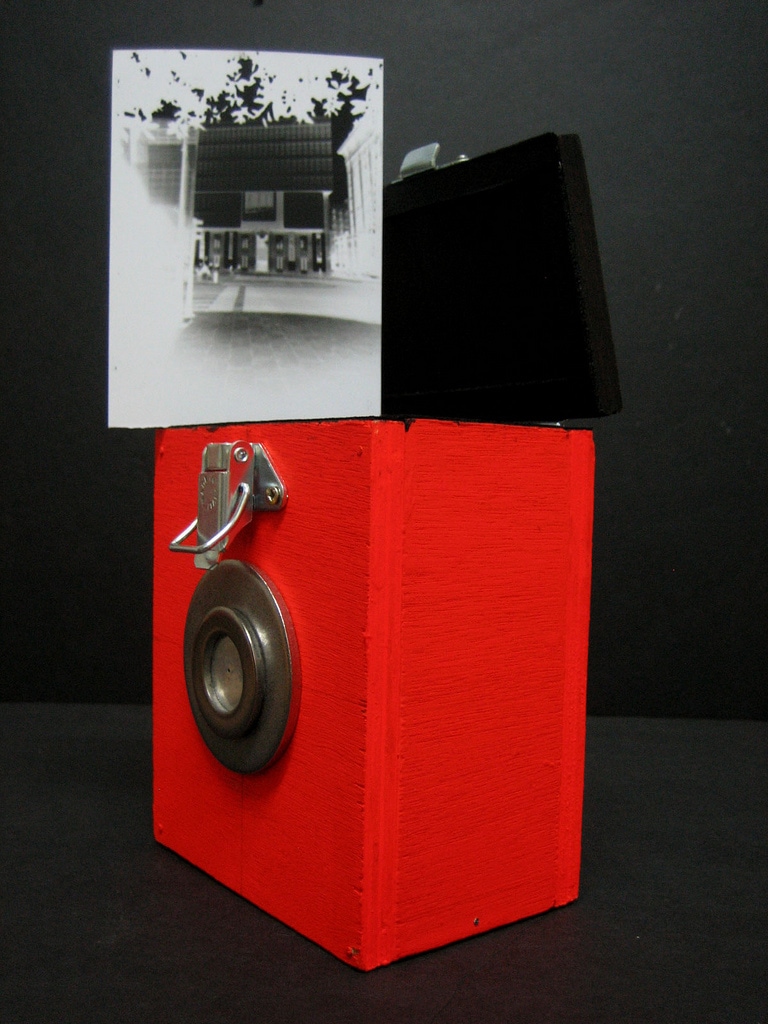
OTHER CURIOSITIES ABOUT ANALOG CAMERAS
Do you want a spy camera? Try a Minox The Minox were subtlety in World War II, for being a perfect camera and easy to handle but in miniature size. Many models were made, surely you have seen some of them in spy movies ?

KODAK STEREO
It is a type of camera called stereoscopic. It uses 35mm film slides to provide 3D images. The viewfinder sits right in the middle of the two lenses, and through them the camera creates two slightly different images, which when put together gives the illusion of a three-dimensional image.
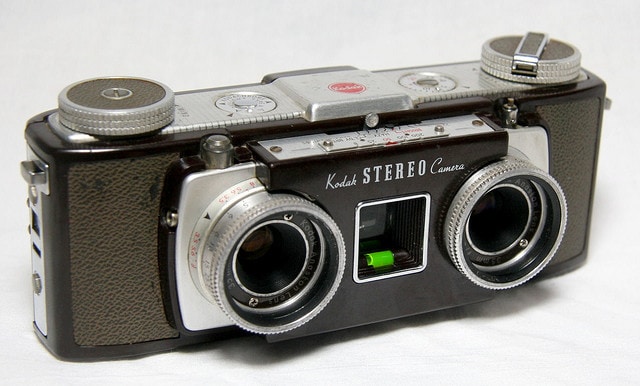
TO FINISH… A FEW LEGENDARY CAMERAS
Although there are many more, I leave you a selection of 10 for you to take a look at, if you feel like it, with their approximate prices on ebay.
- Kodak Brownie: from €10 to €300.
- Hasselblad 500cm: from €300 to €1,200
- Contax RTS-3: €100 to €600
- Minox: €10 to €100
- Mamiya 7 II: €900
- Leica M4: €500 to €1,300
- Nikon F3: €150 to €500
- Polaroid SX-70: €90 to €250
- Rollei 35: €60 to €150
- Rolleiflex TLR: €600 to €1,150
There are many small magical details that you will only understand when you have an analog camera in your hands. When you wonder where that camera was before, what places it visited, what it photographed, what hands held it, what winds, sands or seas it has crossed. The seconds before pressing the shutter, the noise of its mechanics, the effort you dedicate to creating each image, the noise and the sensation that it produces in you to advance a reel.
All of this is above any fashion, it is passion in its purest form, it is overcoming limitations to give 100% of yourself. So if you have an analog camera nearby, take it out of its corner, put a film on it, and go out and re-release it. Maybe the first few times you look desperately for the LCD screen but soon you will get used to thinking without more technology than your gaze.

